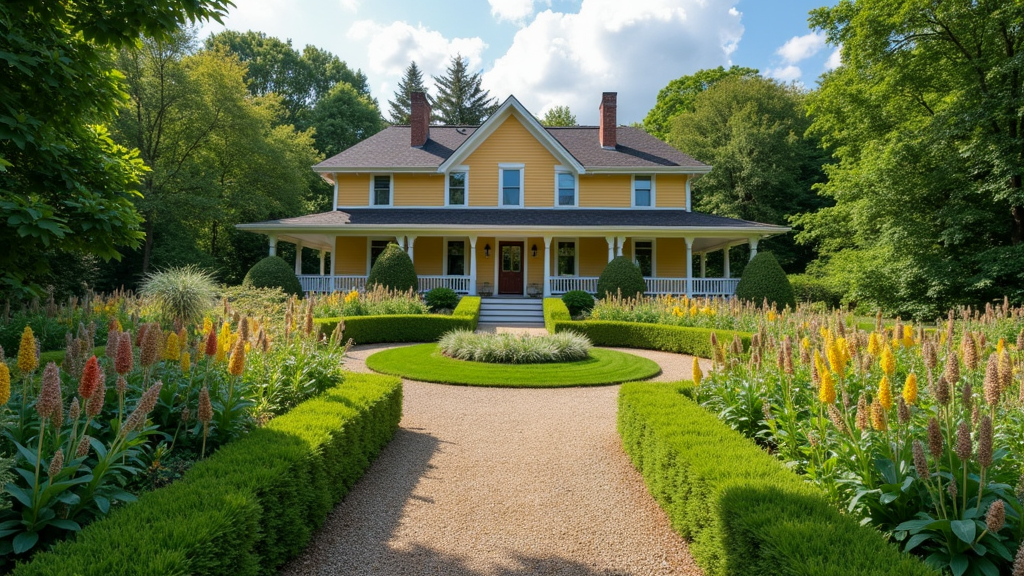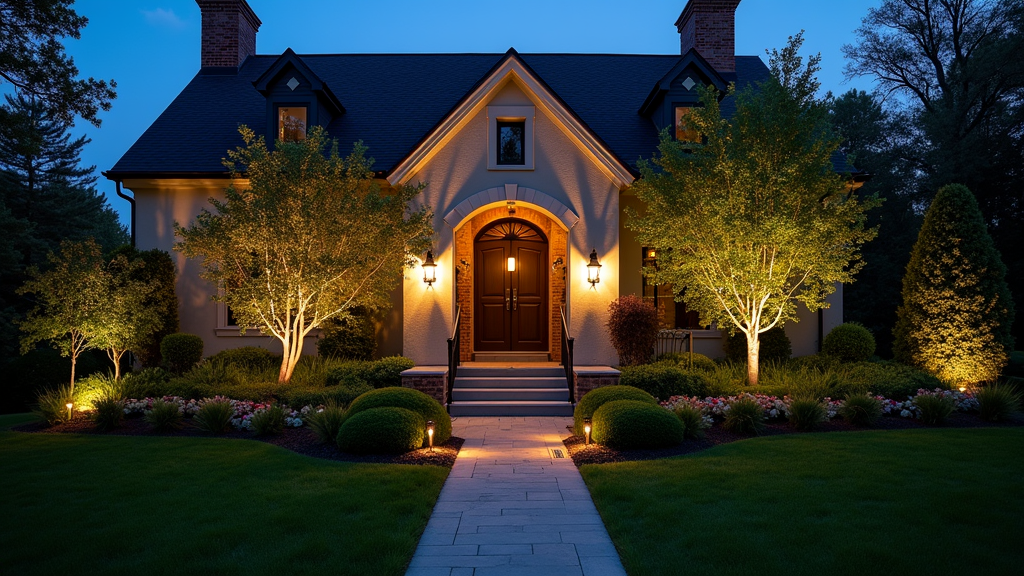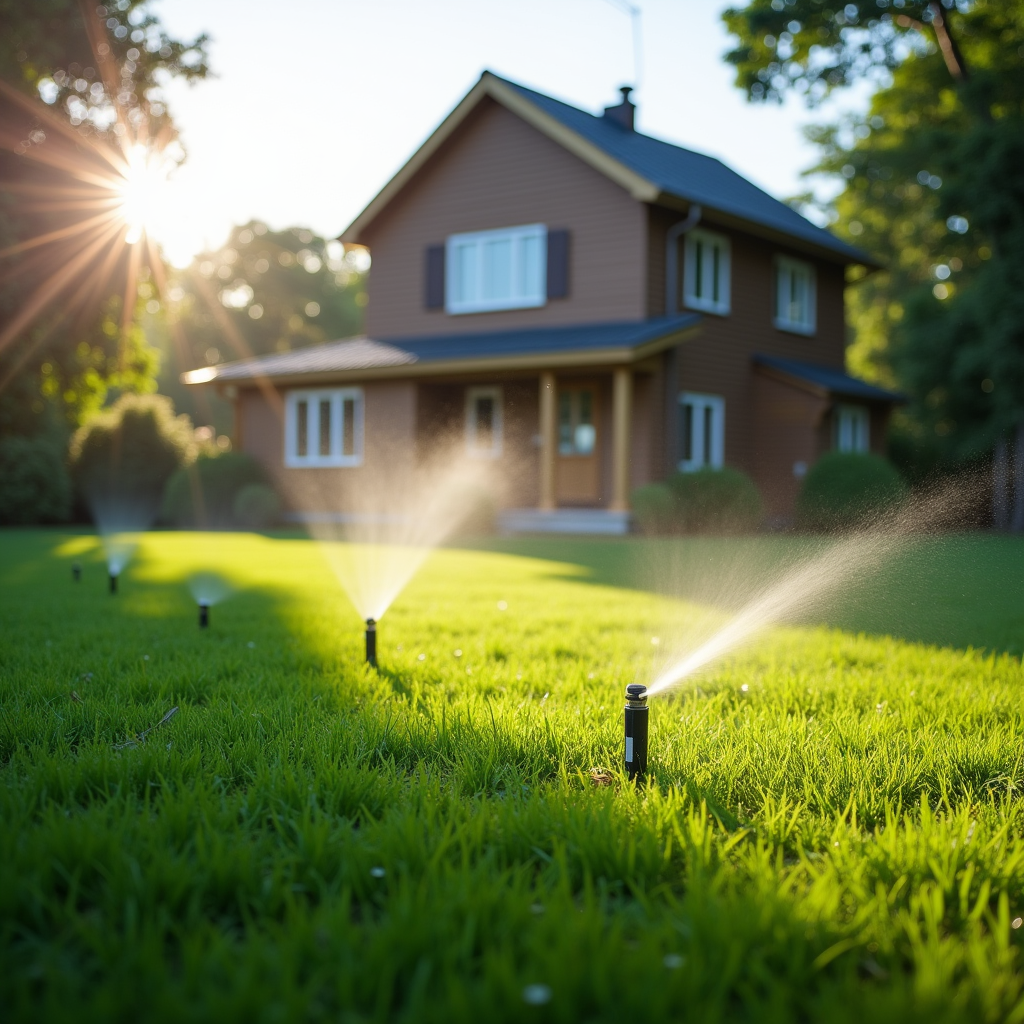Introduction
When it comes to landscape design, particularly within the beautiful and varied climate of North Carolina, there’s so much potential to create a garden that not only looks stunning but also embraces the unique characteristics of each season. Imagine stepping outside your door to a panorama that transforms with the seasons—vibrant blooms in spring, lush greens in summer, a tapestry of colors in autumn, and serene structures blanketed in winter frost. This article will guide you through how to leverage North Carolina's four seasons for an enchanting garden design.
Embracing the Four Seasons in Your North Carolina Garden Design
Creating a garden that thrives through all four seasons involves strategic planning, a bit of creativity, and understanding your local environment. In North Carolina, where diverse climates range from coastal plains to mountainous regions, it becomes even more essential to select plants and features that will flourish year-round.
Understanding North Carolina’s Climate Zones
Before diving into specific plants or landscape designs, let’s take a moment to understand the climate zones within North Carolina. The state can be divided mainly into three climate zones:
- Coastal Plains: Humid subtropical with mild winters. Piedmont: Transitional zone with hot summers and cooler winters. Mountainous Regions: Cooler temperatures with distinct seasonal changes.
Understanding these zones is crucial for selecting appropriate plants for your garden.
Designing for Spring: A Flourishing Awakening
Spring is when nature wakes up from its slumber, making it an ideal time for planting new flowers and shrubs. Here are some ways to embrace this season:
Selecting Spring-Blooming Plants
Consider incorporating some of these delightful spring-blooming plants:
- Dogwood Trees: Native to the region; they bloom beautifully in spring. Azaleas: Available in various colors, they add vibrancy. Tulips: These perennial favorites bring cheerful colors.
Crafting Your Spring Landscape Design
When designing your spring landscape:
Layering Plants: Use taller plants like dogwoods at the back with shorter azaleas in front. Pathways: Create winding pathways lined with colorful blooms.Summer Splendor: Creating Lush Gardens
As we transition into summer, gardens need to be designed not just for aesthetics but for resilience against heat.
Choosing Summer Plants
Here are some plants that thrive during summer:

- Lavender: Offers fragrance and attracts pollinators. Daylilies: Hardy and come in multiple colors.
Maintaining Your Summer Landscape Design
To keep your summer garden vibrant:
http://beckettpmbo885.almoheet-travel.com/using-technology-in-modern-lawn-care Irrigation Systems: Consider drip irrigation for efficient watering. Mulching: Helps retain moisture while suppressing weeds.Autumn’s Palette: Transitioning Designs
Autumn offers an extraordinary opportunity to showcase vibrant foliage and prepare your garden for winter.
Selecting Autumn-Focused Flora
Plants that exhibit stunning fall colors include:

- Maple Trees: Known for their brilliant red and gold leaves. Chrysanthemums (Mums): Perfect fall flowers that last until frost.
Enhancing Your Autumn Landscape Design
To capture autumn's beauty:
Decorative Features: Add pumpkins or hay bales for seasonal flair. Harvest Festivals: Consider planting a vegetable patch as part of your landscape design north carolina.Winter Wonderland: Designing Frosty Gardens
Winter can seem bleak, but with thoughtful landscape design, it can be quite lovely!

Choosing Winter-Friendly Plants
In winter gardens consider these options:
- Holly Bushes: Their red berries add color amidst white snow. Evergreens: Provide structure year-round.
Design Strategies for Winter Landscapes
For a winter-ready garden:
Lighting Features: Illuminate pathways or highlight evergreens with soft lights. Outdoor Decor: Incorporate winter decor like wreaths or sleds as part of your design theme.FAQs About North Carolina Garden Design
1. What types of flowers bloom year-round in North Carolina?
The best choices include pansies, snapdragons, and certain varieties of violets which can provide color across seasons.
2. How do I maintain my garden throughout different seasons?
Regularly check soil health, adjust watering schedules according to weather conditions and prune as necessary after blooming periods.
3. Can I grow vegetables year-round in North Carolina?
Yes! With careful planning you can grow cool-season vegetables like kale and collards even during winter months!
4. What are some native plants suitable for my NC garden?
Consider using Eastern Red Cedar or Black-eyed Susan as they’re well-adapted to local soil conditions and climate.
5. How do I plan my garden layout?
Start by sketching out areas based on sun exposure and access points; divide sections by seasonal themes or plant heights.
6. When is the best time to plant trees in NC?
Generally speaking, early spring or late fall are best times due to milder temperatures encouraging healthy root growth!
Conclusion
Embracing the Four Seasons in Your North Carolina Garden Design doesn’t just enhance aesthetic appeal; it fosters a deep connection between you and nature while ensuring biodiversity thrives around you! By understanding each season's unique offerings—from colorful spring blooms to serene winter landscapes—you create an enriching outdoor experience that evolves throughout the year!
By implementing strategic landscape design principles tailored specifically for North Carolina's climate zones, you'll cultivate not just a garden but an ever-changing masterpiece right outside your door! So roll up those sleeves—your dream garden awaits!